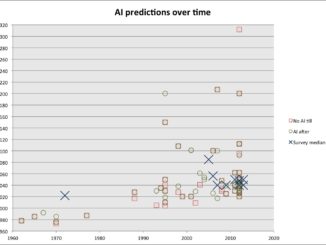
Pages

AI Timelines

Accuracy of AI Predictions

Accuracy of AI Predictions

Accuracy of AI Predictions

AI Timelines

Accuracy of AI Predictions

Accuracy of AI Predictions

AI Timelines

AI Timelines

AI Timelines